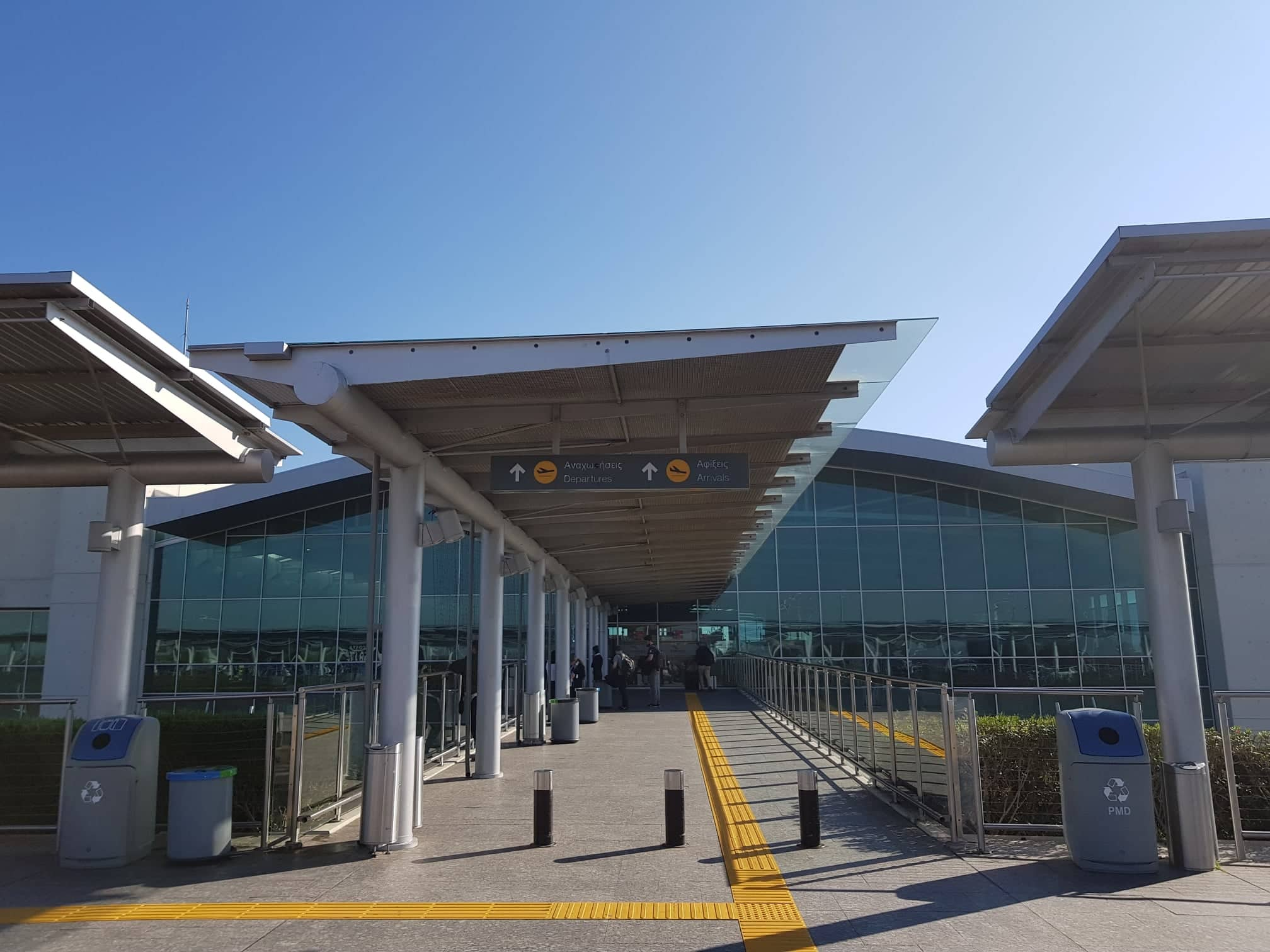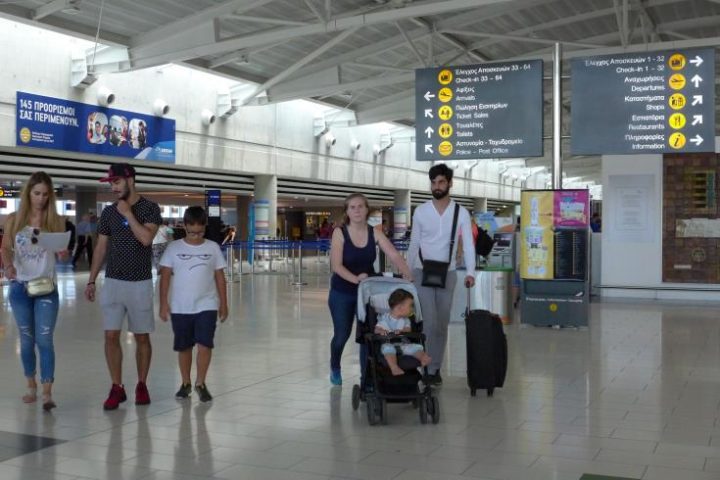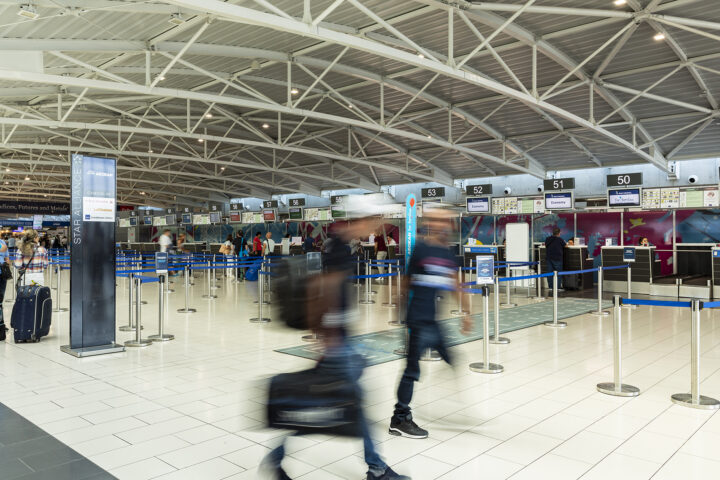In the wake of the potent Omicron variant, Cyprus demoted Malta to its COVID-19 high-risk category on the safe travel list, leaving Greece the only EU state outside the red zone.
As the European Union waits for scientists to deliver their verdict on Omicron, already worsening epidemiological data pushes Malta into the red category with most other EU countries.
Greece is the only EU state outside the red list, as it remains in orange.
There are 14 countries in the orange category where a negative test is needed before departure to Cyprus.
The new classification will come into effect on Thursday 9 December.
With no other changes made to the list, the Health Ministry’s latest travel assessment sees its red category widen to 25 of the EU27. A COVID test is needed before departure and after arrival in Cyprus.
The island bases its weekly epidemiological risk report on the equivalent list issued by the European Centre for Disease Control (ECDC).
Cyprus is in the ECDC’s high-risk red category, which most EU states use to their safe travel lists.
Meanwhile, Cyprus has blocked entry to eight African countries after the new coronavirus variant was detected.
Cyprus banned the arrival and entry of any person who, during the last 14 days, has either resided or passed through South Africa, Namibia, Lesotho, Eswatini, Zimbabwe, Mozambique, Malawi, and Botswana.
From 6 December, all arrivals – regardless of their vaccination status — are subjected to a PCR test at their own expense, as the health authorities strive to delay the arrival of the Omicron variant.
Cyprus is witnessing a resurgence of COVID-19 cases, with daily new cases peaking at 613, the highest since August.
Cyprus has confirmed over 136,832 infections and 601 deaths since March 2020.
Under the colour-coded system, there is no mandatory quarantine for tourists entering Cyprus from the EU.
Regardless of category, unvaccinated tourists staying for more than a week must get tested on the seventh day of their holiday.
GREEN
Under the COVID assessment scheme, low-risk countries currently classified in the green category are:
- Third Countries: United Arab Emirates, Indonesia, Kuwait, Bahrain, Saudi Arabia
ORANGE
Orange countries are those of higher risk than green.
Passengers must undergo a PCR laboratory test within 72 hours before departure and have a certificate proving they tested negative for the virus.
- European Union: Greece
- Third Countries: Argentina, Australia, Japan, Israel, Canada, Qatar, China (including Hong Kong and Macau), Colombia, New Zealand, Uruguay, Rwanda, Chile
RED
This category includes countries of higher risk than orange.
Passengers coming from red category countries are required: a) to prove a negative PCR test carried out under 72 hours before departure, and b) undergo another PCR test upon arrival in Cyprus. The cost of the test is charged to the individual.
- European Union: Austria, Belgium, Bulgaria, France, Germany, Denmark, Estonia, Ireland, Spain, Italy, Croatia, Latvia, Lithuania, Luxembourg, Malta, Netherlands, Hungary, Poland, Portugal, Romania, Slovakia, Slovenia, Sweden, Czech Republic, Finland
- Small states: Andorra, Monaco, Vatican City, San Marino
- Schengen Area: Switzerland, Iceland, Liechtenstein, Norway
- Third Countries: Egypt, Armenia, Georgia, United States of America, United Kingdom, Jordan, Belarus, Lebanon, South Korea, Oman, Ukraine, Peru, Russia, Serbia
GREY
All the rest. Arrivals are allowed entry after acquiring special permission, only if they are Cypriot citizens or entitled to enter, such as people with a work permit.
Passengers must undergo a coronavirus test under 72 hours before their trip and have a certificate they tested negative for Covid-19.
Grey category passengers must remain in self-isolation for 14 days or seven if they choose to carry out another coronavirus PCR test with a negative result on the seventh day.










